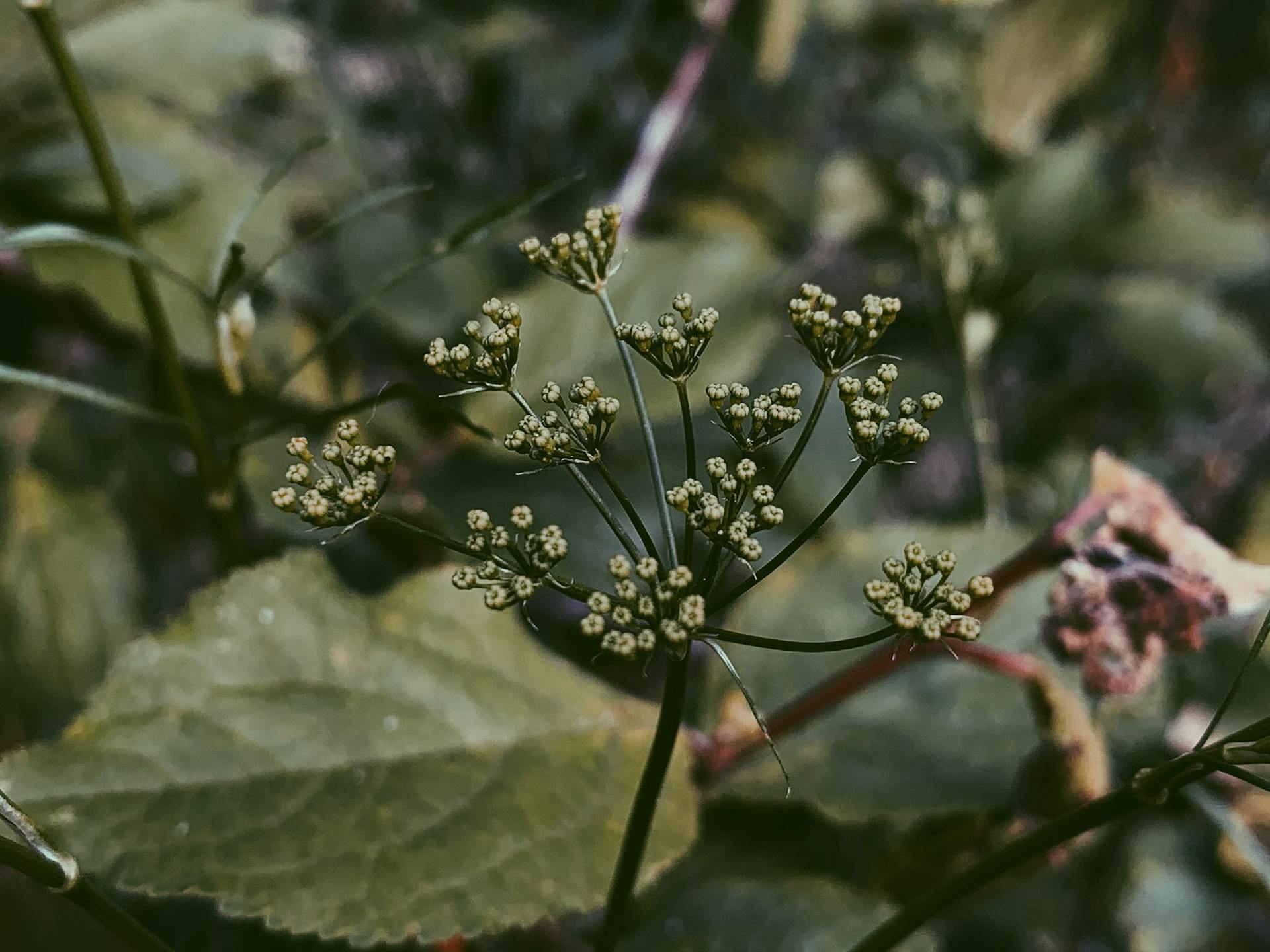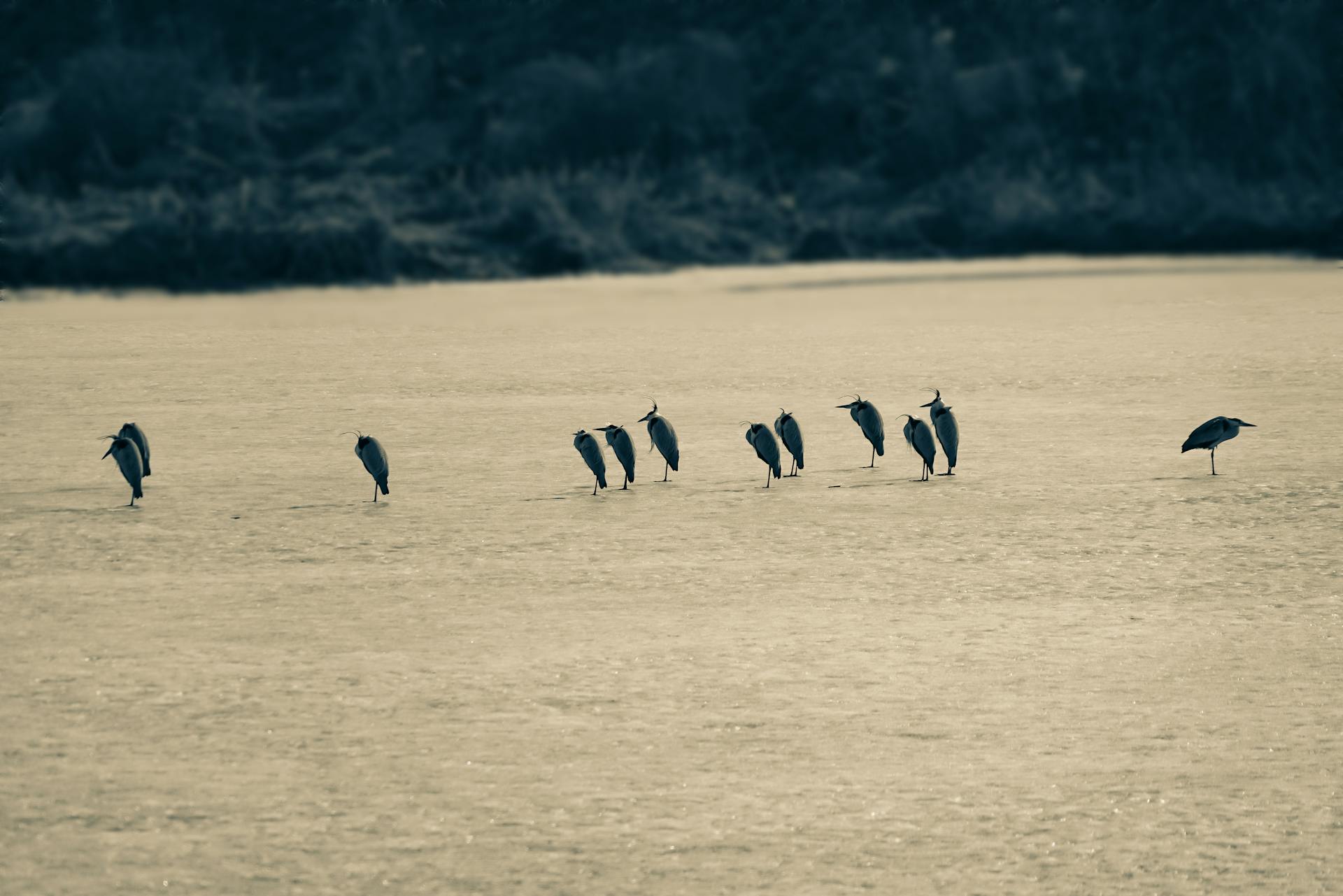
Common lawn weeds are a nuisance to most gardeners, causing frustration and disappointment when they start taking over the vegetable patch or the carefully-tended flower beds. But fear not! With proper knowledge and some persistence, you can identify and control 25 common botanical interlopers that invade your lawn, garden, and landscape.
Weeding is an essential part of maintaining a healthy garden or green space. Not only do these pesky plants compete with desired vegetation for nutrients and water, but they also attract pests and diseases that can harm your crops or flowers. Therefore, it's crucial to know how to spot common weeds like dandelions, chickweed, crabgrass, and thistle before they spread out of control. In this article, we'll walk you through the identification process of 25 widespread weed species and offer tips on how to eradicate them effectively.
How to Eliminate Pesky Green Foxtails from Your Yard
Eliminating pesky green foxtails from your yard can be a challenging task, but it is possible. Green foxtail is an annual grass with bristly seedheads that appears in the summer growing season. This weed appears in partly shady spots and can spread rapidly if not addressed promptly. If you only have a small number of plants, hand-digging them up can be effective. However, for a larger infestation, it's best to use a pre-emergent herbicide and maintain a healthy thick lawn by not cutting the grass too short or removing more than one-third of the grass blade length at a time to prevent future green foxtail invasions.
Discover How to Identify Garlic Mustard: A Must-Read Guide

The non-native invasive plant garlic mustard grows in shade and dry soil, and its roots produce a chemical that is toxic to other plants. It quickly colonizes areas, displacing native forest plants, and can even take over backyard gardens or planting beds. Garlic mustard is a biennial producing a small rosette of toothed kidney shape leaves in its first year, followed by a tall stem topped with white flowers in the second year. To remove, simply pull out the garlic mustard from your property, putting an end to its takeover.
Get Rid of Hairy Bittercress Weeds for Good

If you're tired of seeing hairy bittercress weeds take over your lawn each spring, there are steps you can take to get rid of them for good. This weed has an early spring appearance and is sometimes called shotweed due to its exploding seed capsules that fling seeds up to 3 feet away. A single plant produces an average of 600 seeds, so they can quickly spread in shady moist areas. Hand-pulling is effective but risky because it can spread the seeds. Applying pre-emergent herbicide in the fall helps foil spring seed sprouting, and keeping bittercress mowed will prevent seeds from developing in the first place.
Eradicate Crabgrass Once and For All
If you've encountered crabgrass in your lawn, you know how frustrating it can be. This annual grass forms ground-hugging clumps that eventually remove nutrients from the soil and create unsightly patches in lawns early in the growing season. The most accurate method to treat a crabgrass infestation is through a pre-emergent herbicide application that interrupts crabgrass seed germination. Success forsythia flowering is an excellent indicator of when to apply herbicide, but you should also keep an eye on soil temperature – it needs to be between 50-55 degrees for the herbicide to work effectively. You can find soil temperature by searching online with your zip code.
Banishing Thistles: Your Guide to a Weed-Free Garden
Canada thistle brings a thorny problem to your garden. This prickly beast grows into mature plants reaching 5-8 feet tall in a single season. With a 20-foot-long root system, this plant can quickly take over your garden if left unchecked. To start plant control of thistle, dig carefully around the horizontal root system and pull it out in pieces. If a sprout appears, pull it out immediately or use an herbicide spray repeatedly throughout the growing season until the leaves break ground.
Mulch loads size varies, but bulk topsoil is essential for growing healthy plants and keeping weeds at bay. Year-round care of your garden is essential to keep those unwanted guests from ruining all your hard work. Eventually, with care and attention using one of our 25 garden tools, you can banish thistles and enjoy a weed-free garden all year round!
Get Rid of Unwanted Tree Saplings Effortlessly!
When you have an eye peeled for lawn weeds, don't forget to watch out for sapling trees that can quickly take over planting beds and fencelines courtesy of birds gobbling fruit. You may spot a mulberry, cherry, or walnut sapling sprout from leaves poking up beneath mature shrubs or holly small trees. Diligent digging is one way to remove them, but be sure to hand-pull and grab the entire tap root if it's firmly anchored. To prevent future growth, mulching removes the seedling trees pop up again.
Eliminating Wild Onions and Garlic: A Simple Guide

Perennial weeds smell, and wild onions are no exception. They have flat leaves that form clusters similar to grass, but the main bulb is what makes them easily identifiable. These bulbs have tiny bulblets surrounding them, making it difficult to eliminate wild onion by hand-pulling alone.
To dig up a wild onion or garlic, excavate around 6 inches deep to ensure you remove the entire root system. While there are commercial herbicides available, some natural weed killer solutions work just as well. For example, a vinegar solution kills nutsedge but works equally well on wild onion and garlic.
If you miss getting rid of these weeds in late spring when they produce small bulbs atop long stems - snip them before they go to seed. With patience and persistence, you can keep your lawn free from pesky wild onions and garlic without resorting to harsh chemicals.
Discover the Wonders of Ground Ivy Glechoma Hederacea

Have you ever seen a creeping weed with bright green kidney-shaped leaves topped off with lavender flowers in your lawn or landscape? Chances are, you have found yourself staring at ground ivy, otherwise known as creeping charlie. This aggressive mint family member is native to the eastern half of Canada and easily infiltrates home landscapes.
Although often considered a common lawn weed that requires control, ground ivy actually has some wondrous benefits. As a perennial groundcover, it is exceptional for preventing erosion and soil compaction in areas where grass struggles to grow. Ground ivy also attracts bees and other pollinators with its vibrant lavender flowers.
Controlling ground ivy can be challenging since it will quickly spread through underground stems, also known as stolons. To get rid of this weed, use a broadleaf herbicide or hand-pull it by digging out the roots entirely. Be sure to remove every last piece because even the smallest root or stem left behind will lead to regrowth, and before you know it, ground ivy reappears in your lawn or landscape. Check out Family Handyman for more helpful tips on controlling this pesky plant!
Broadleaf Plantain (Plantago major)
Broadleaf plantain is a perennial weed that can be found throughout North America, including Southern Canada. It is easily recognizable due to its large leaves topped with seed stalks. Although it can grow in poor soil, it thrives in thick, lush lawns.
Broadleaf plantain grows best in compacted soils, making regular lawn aeration an effective way to prevent its growth. If you already have broadleaf plantain in your lawn, removing it can be done with a dandelion fork or by applying a broadleaf herbicide.
According to Family Handyman, prevention is key when it comes to controlling broadleaf plantain. A healthy lawn with proper maintenance practices such as regular mowing and fertilization can help keep this weed at bay. By understanding how this weed grows and spreads, you can take the necessary steps to keep your lawn looking beautiful all season long.
Field Bindweed (Convolvulus arvensis)
Field bindweed, also known as Convolvulus arvensis, is a common lawn weed found in many parts of the United States and southern Canada. It can be identified by its long twining stems and arrow-shaped leaves that make it look like an ornamental morning glory vine. However, this weed can be a nuisance to your lawn, garden or pasture.
The funnel-shaped flowers of field bindweed may look beautiful but this weed has the ability to sicken horses if they ingest it. Field bindweed is hard to control because it can spread quickly from seeds or fragments left behind when tilling soil. But one way to control field bindweed is by using a broadleaf herbicide that targets its roots.
In summary, field bindweed is a troublesome weed that you do not want on your lawn or garden. It's easy to identify with its long twining stems and arrow-shaped leaves. If you find it in your lawn, take action immediately by using broadleaf herbicide on its roots. Don't let this common weed take over your lawn or garden! For more information on how to deal with other common weeds in your yard, check out Family Handyman's article on common lawn weeds.
Say Goodbye to Pesky Crabgrass with Digitaria Spp.
Have you ever been frustrated by patchy lawns filled with crabgrass? Well, you're not alone. Crabgrass is a pesky weed that commonly pioneers in warm regions of the world, including southern Canada. It spreads quickly and can take over your lawn in no time. But don't worry, there's a solution: Digitaria Spp.
Digitaria Spp is a type of grass that grows in broad clumps with flat grass-like blades spreading out from the plant center. In late summer, spiderlike fashion tall seedheads emerge from mature plants, producing seeds that can sprout in fall or throughout the following summer long. However, applying a crabgrass preventer during late winter or early spring kills these seeds before they have a chance to germinate.
If you already have crabgrass invading your lawn, there are still options for getting rid of it. You can use a crabgrass killer that deals specifically with this pesky weed. The Family Handyman recommends using pre-emergent herbicides to prevent new growth and post-emergent herbicides to kill off existing plants. With the help of Digitaria Spp and some preventative measures, you'll finally be able to say goodbye to crabgrass once and for all!
Banish Yellow Wood Sorrel from Your Lawn: A Quick Guide

Yellow Wood Sorrel is a versatile weed that can grow in both shade-moist and dry soil. This clover look-alike has heart-shaped leaves and yellow flower blooms that fade, forming upright seed pods with ripe flinging seeds. It's essential to remove the mother plant before it spreads stem pieces around lawns, planting beds, gravel drives, vegetable garden paths or nursery pots while adding plants. To prevent the spread of this common weed, mow high and maintain a healthy, thick lawn. For planting beds, carefully hand-pull Yellow Wood Sorrel to eliminate it entirely.
Effective Ways to Manage Bittersweet Nightshade Growth
Bittersweet nightshade is a common lawn weed that can be challenging to manage. This perennial weed thrives in moist soil and shady spots, and while in cold regions plants die off, in warmer zones plants linger year-round forming thick woody stems that can be difficult to pull. When left unchecked, bittersweet nightshade unfurls pretty purple flowers that form red berry-like fruits. To effectively manage bittersweet nightshade growth, it is a good idea to remove the plants before they set berries and spread seeds by pulling them up by the roots or digging them out of the ground.
Discover the Beauty and Benefits of Yellow Sweet Clover
Yellow sweet clover is a type of broadleaf annual weed that can grow up to 1-3 feet tall and 12-18 inches wide. It commonly grows in landscape and garden areas, but its appearance can be easily identified with its lanky branches and clover-like leaves. Despite being considered a garden weed, yellow sweet clover produces fragrant yellow flowers that are not only beautiful to look at but also beneficial to the environment.
While yellow sweet clover may not be as popular as other garden plants, it offers several benefits. Its roots help improve soil structure by breaking up compacted soil while its flowers attract beneficial insects such as bees and butterflies. However, if left uncontrolled, it can quickly spread and take over garden beds. To prevent this from happening, it's important to mulch around plants or pull them out before they go to seed.
Overall, yellow sweet clover may be overlooked as just another common lawn weed, but it has a surprising number of benefits in both aesthetics and environmental impact. Next time you come across this beautiful plant in your garden, take a moment to appreciate all that it has to offer.
Frequently Asked Questions
How do you get rid of broadleaf weeds?
The best way to get rid of broadleaf weeds is to pull them out by hand or use a selective herbicide specifically designed for broadleaf weeds. Regular mowing and maintaining a healthy lawn can also prevent their growth in the first place.
What does a broadleaf weed look like?
A broadleaf weed typically has wide leaves that are not needle-like or grassy in appearance. They can be found in a variety of shapes and sizes and often have colorful flowers or seeds.
What are the different types of weeds?
There are several types of weeds, including broadleaf weeds, grassy weeds, and sedges. Each type of weed has its own unique characteristics and can be controlled using different methods.
How do you keep weeds out of your garden?
To keep weeds out of your garden, you should regularly pull them by hand or use mulch to prevent them from growing. Additionally, planting ground covers or using weed barriers can also be effective in preventing weed growth.
How do you identify weeds?
You can identify weeds by looking for plants that are growing outside of their designated area, have different leaves or flowers than surrounding plants, or are harming the growth of desired plants.
Featured Images: pexels.com


